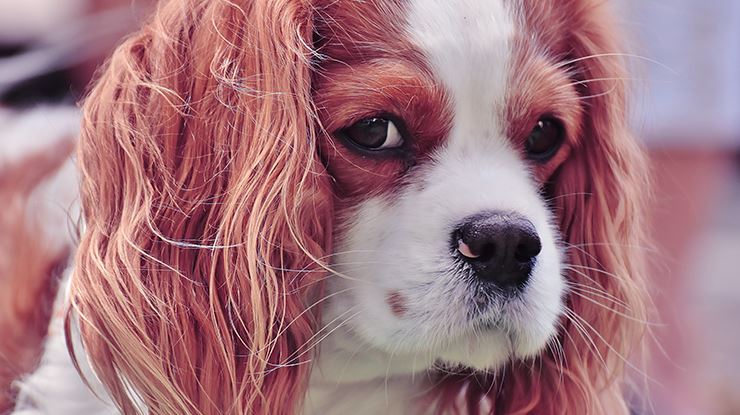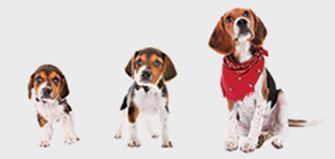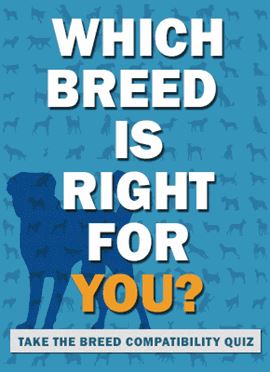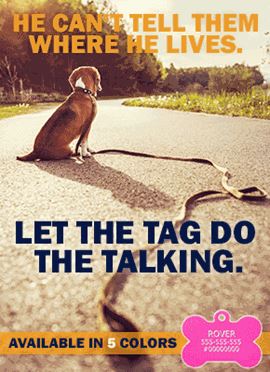
Deciphering the Body Language of Your Dog
Our canine best friends aren’t able to talk about their wants, needs, fears, or interests, but they still make a constant effort to communicate these things to us. Instead of words, dogs will often use a complex body language that isn’t difficult to learn with a little time and patience. It’s no secret that dogs are more than willing to let their humans know when they are feeling anxious, sick, or ready to play, but it’s up to us to learn how to interpret what it is that they are saying.
I’m Anxious
When dogs are anxious or nervous they may begin to exhibit some of the same signs of stress as humans. They will lick their lips, yawn, or even freeze in much the same way that humans will experience stage fright. There is even a canine version of goose bumps that causes the hair on the back of a dog’s neck and along the spine to stand on end. Other behaviors that may indicate your puppy is experiencing higher than normal levels of stress may include excessive drooling, panting, shaking, and moving closer toward the owner to ensure physical contact.
Their physical stance will also change. A stressed dog will typically lower their body to the ground and their tail will be tucked between their legs. Their ears may be laid back against their heads, and their pupils will usually dilate. In extreme cases, you may even notice they are sweating through the pads of their feet.
I Don’t Feel Good
One of the most obvious ways our canine friends will tell us they aren’t feeling well is with their willingness (or lack thereof) to engage with family members. A sick dog will often become more lethargic and prefer to lay down, even if the dog is normally interested in more active play. Depending on the level of discomfort, the dog may even attempt to hide. However, it is ultimately up to the human to determine what is going on by examining the dog’s behavior.
For example, a dog skin condition can often be identified before any physical signs are visible. There are many reasons why the skin may become bothersome or irritated, but the way a dog will tell you remains fairly consistent. They will usually begin obsessively licking, scratching, or rubbing the area that is causing the discomfort. Again, as a responsible dog owner, you should pay special attention to these behaviors: your dog may be telling where the problem is and that it needs to be taken care of. If you see these signs, there is a good chance that a trip to the vet is in order.

I Want to Play
A truly happy dog is the primary goal of any responsible dog owner. That beaming, confident face (complete with the tongue hanging out) is enough to make most people smile instantly. Their eyes and ears naturally relax when they are happy. However, it is worth noting that a happy-looking dog isn’t always in the mood for play.
The physical stance of a playful dog is one that most owners will readily recognize. Dogs will lower the front of the body by bending the forepaws and lifting their tails up, waving them broadly. A dog’s ears will be up, with the mouth open and the pupils dilated. This pose may only be held for a few moments before the dog will jump and dart around to engage his or her human in play.
Practically every observable canine behavior has a purpose, even if it is one we are unable to identify. The reason dogs eat grass has never been definitively answered, for example, but we do know that it has something to do with their digestive systems. If anything, we ought to take the time to look a little closer at our dogs’ actions and behaviors to see what they might be trying to tell us.
So, has your dog been giving out any clues? Tell us about it in the comments.
















